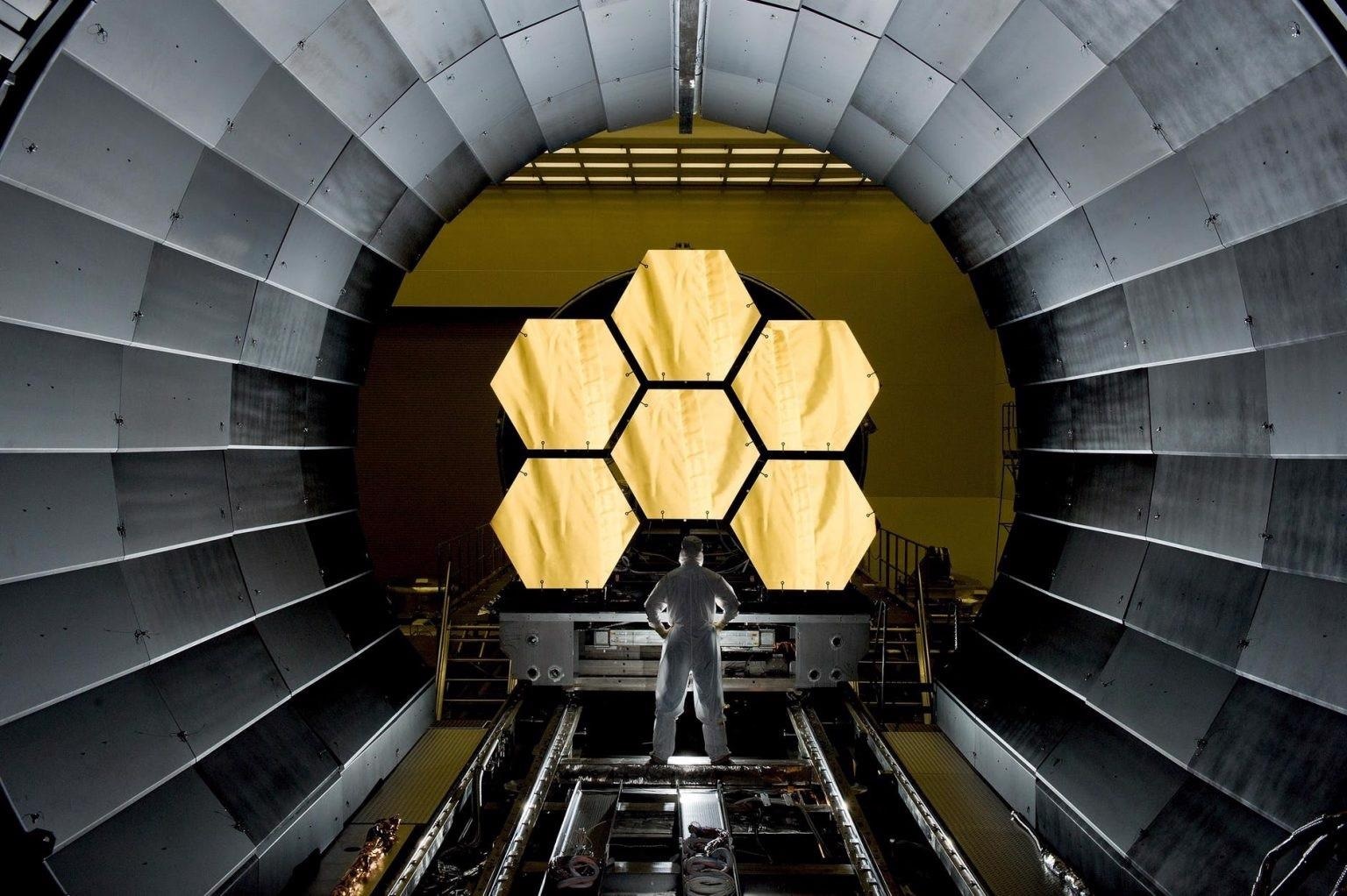Nanostructured thin films have proven key for pushing the boundaries of modern technology and electronics. From ultra-resolution microscopy to consumer electronics, they are a cornerstone of key devices in almost any market around.
All of these diverse application areas are united by a requirement for absolute precision at the smallest possible scales. Metallic thin films may range from fractions of a nanometre (nm) to a few micrometers (μm) in thickness, putting a unique pressure on attaining uniform morphologies and high stability. Key quality parameters for thin films are mainly based on the metal deposition method.

Image Credit: Pixabay on Pexels.com
What is Metal Deposition?
Metal deposition represents any technique where a metallic starter material is evaporated under vacuum conditions or dissolved in a solvent before being precipitated on a target substrate.
In this article, some of the different types of metal deposition will be explored briefly, but deposition via aqueous solutions will not be focussed on as vacuum processing is largely preferred.
In order to supply a free mean path for vapour-phase molecules to travel to the target, evaporative techniques of metal deposition happen in high or ultra-high vacuum (HV/UHV). Contaminant gases in the vacuum environment may add to molecular collisions, which can hinder process efficiency and influence the planarity of the thin film.
However, the thin-film material must be evaporated by the heat source before entering the gaseous environment. A number of metal deposition techniques are distinguished by the technology utilized to ablate the starter material and some examples are discussed below.
Chemical Vapour Deposition (CVD)
Chemical techniques used for metal deposition should not be confused with chemical vapour deposition (CVD). The former is a type of aqueous deposition, while the latter is one of the most common types of vacuum engineering utilized to date.
In CVD, thin coatings are created by inducing chemical reactions at the target anode by heating the substrate under a flow of reactant gases. It is widely utilized for tantalum, molybdenum, and titanium metal deposition.
Molecular Beam Epitaxy (MBE)
Molecular beam epitaxy (MBE) is one of the most advanced forms of thermal metal deposition. It is a comparatively slow process that is utilized to form epitaxial thin films via the gradual sublimation of starter metals such as gallium – a vital intermediate in semiconductor manufacturing.
MBE is distinguished by its incredibly slow rate of deposition, unlike many forms of metal deposition, which are distinguished by the technology utilized to vaporize feedstocks.
Electron Beam Physical Vapour Deposition (EBPVD)
Due to the relative ease with which they can be produced and accelerated to high kinetic energies, a number of metal deposition techniques exploit electron beams to melt and/or sublimate target anodes. The simplest is probably electron beam physical vapour deposition (EBPVD), as it employs all of the basic principles outlined above.
Put simply, a target anode is bombarded by a high energy source which results in the gas-phase molecules being ejected, travelling via direct line-of-sight to a target anode where they precipitate and form a uniform coating.
Metal Deposition with Platypus Technologies
There are many other techniques used for metal deposition and evaporation. Some of these, like atomic layer deposition (ALD), require vacuum conditions. Others, like laser metal deposition (LMD), do not.
Platypus Tech depends on high-purity vacuum environments and e-beam evaporation to create custom-made thin films as per customer specifications.

This information has been sourced, reviewed and adapted from materials provided by Platypus Technologies, LLC.
For more information on this source, please visit Platypus Technologies, LLC.